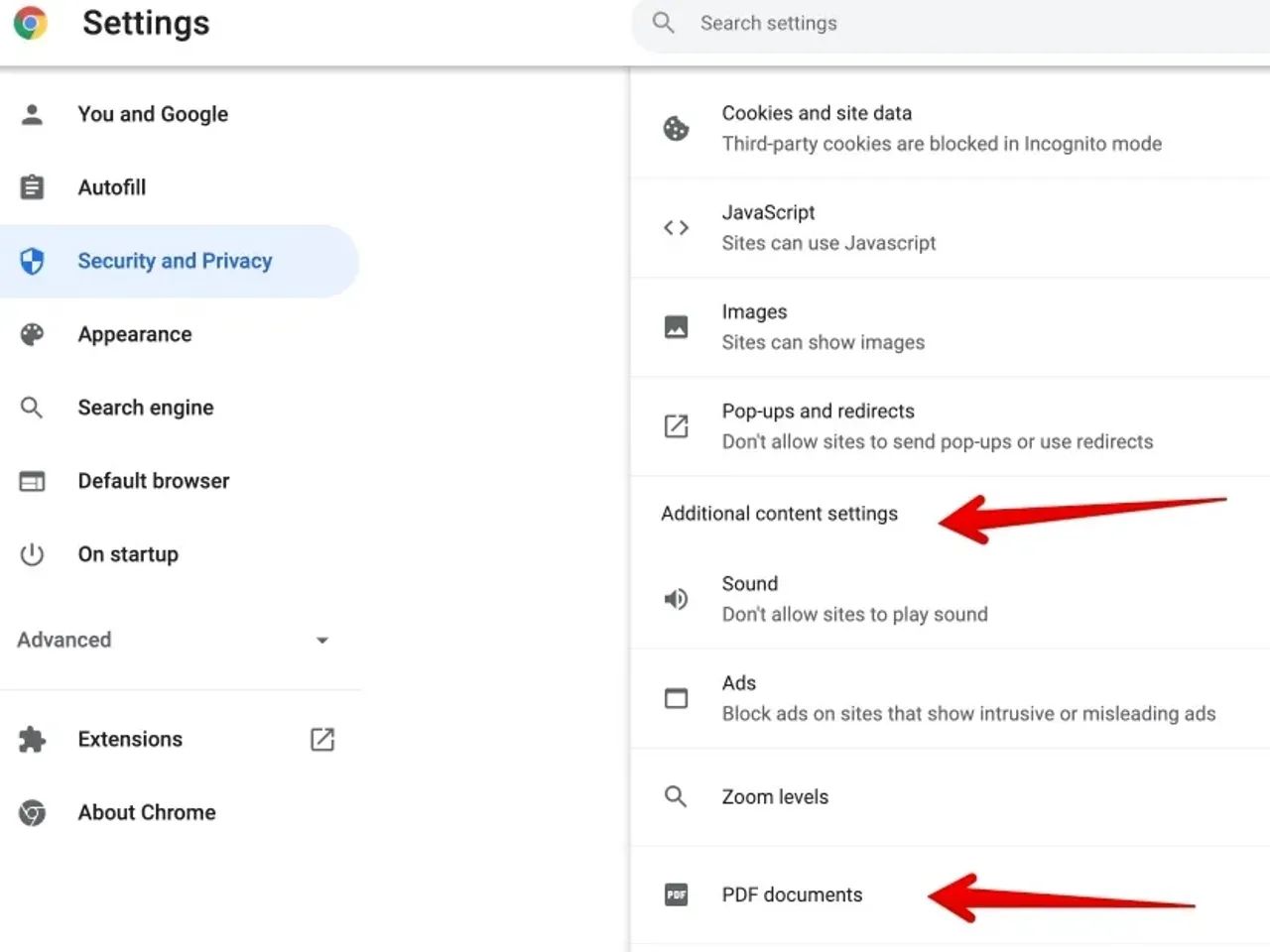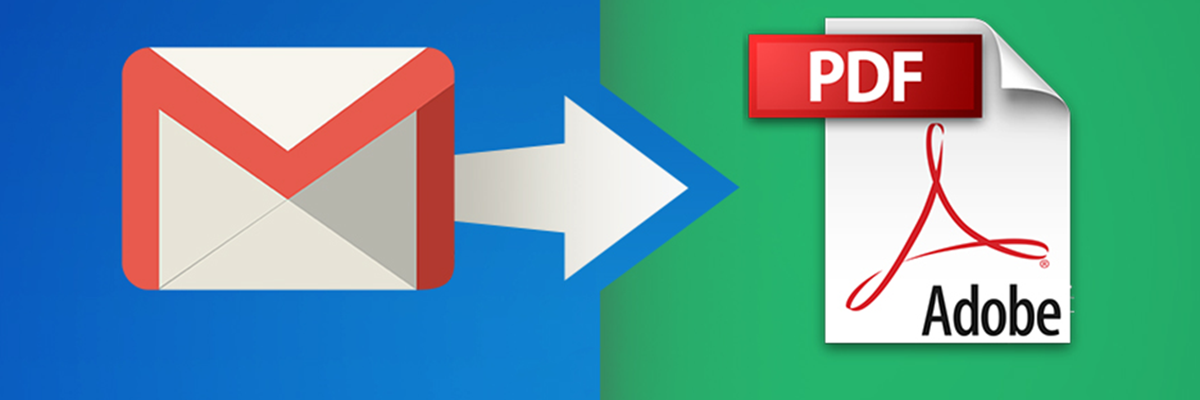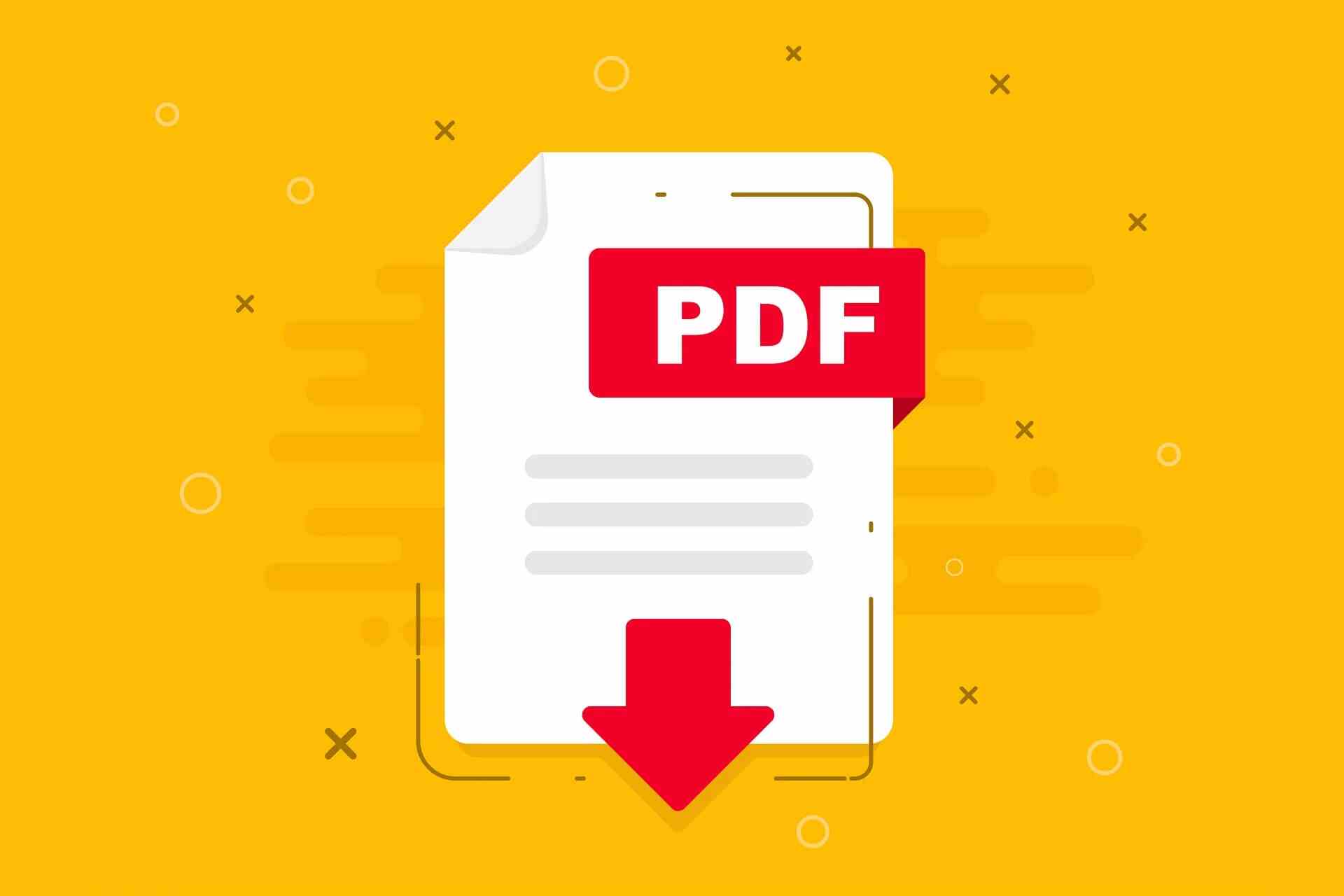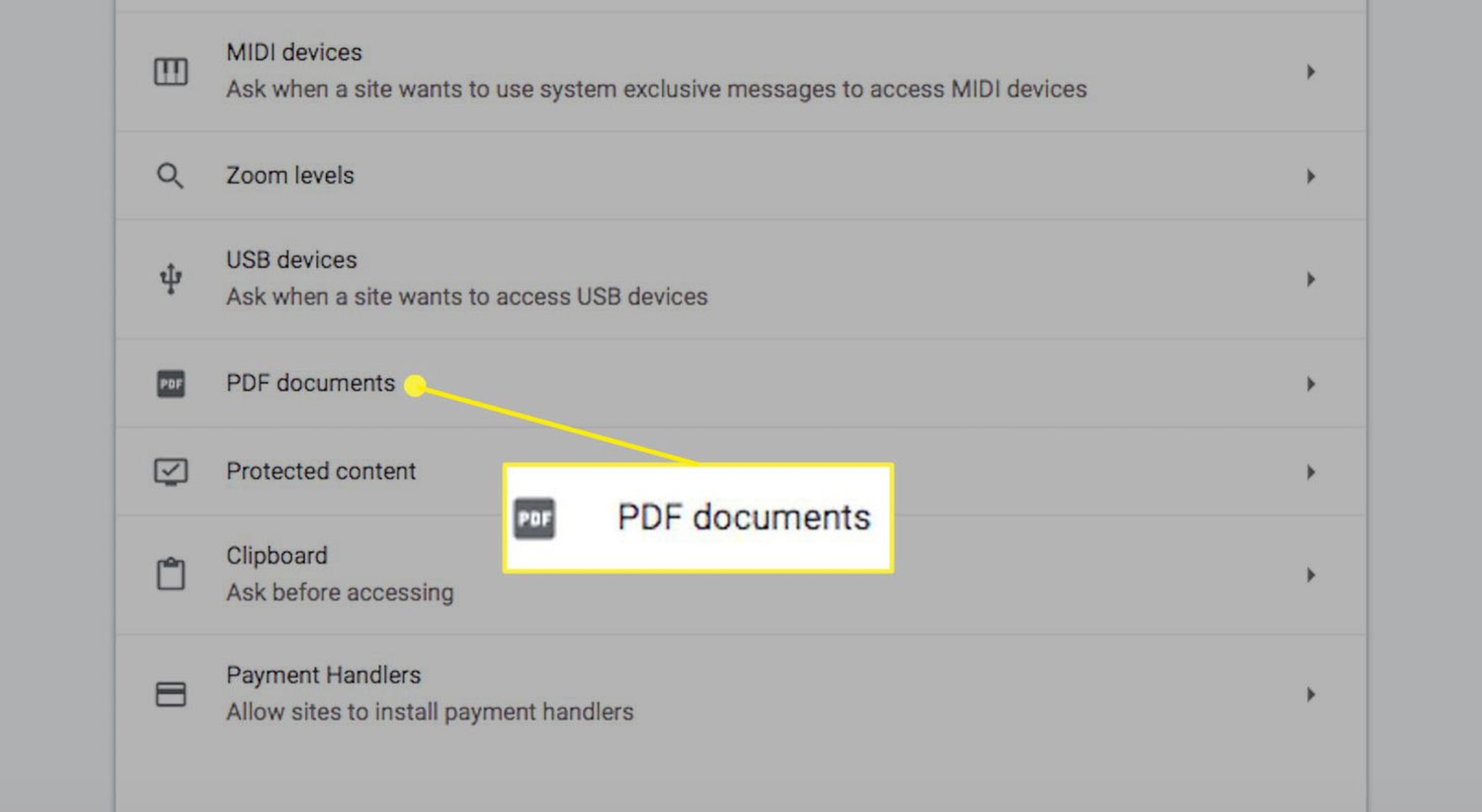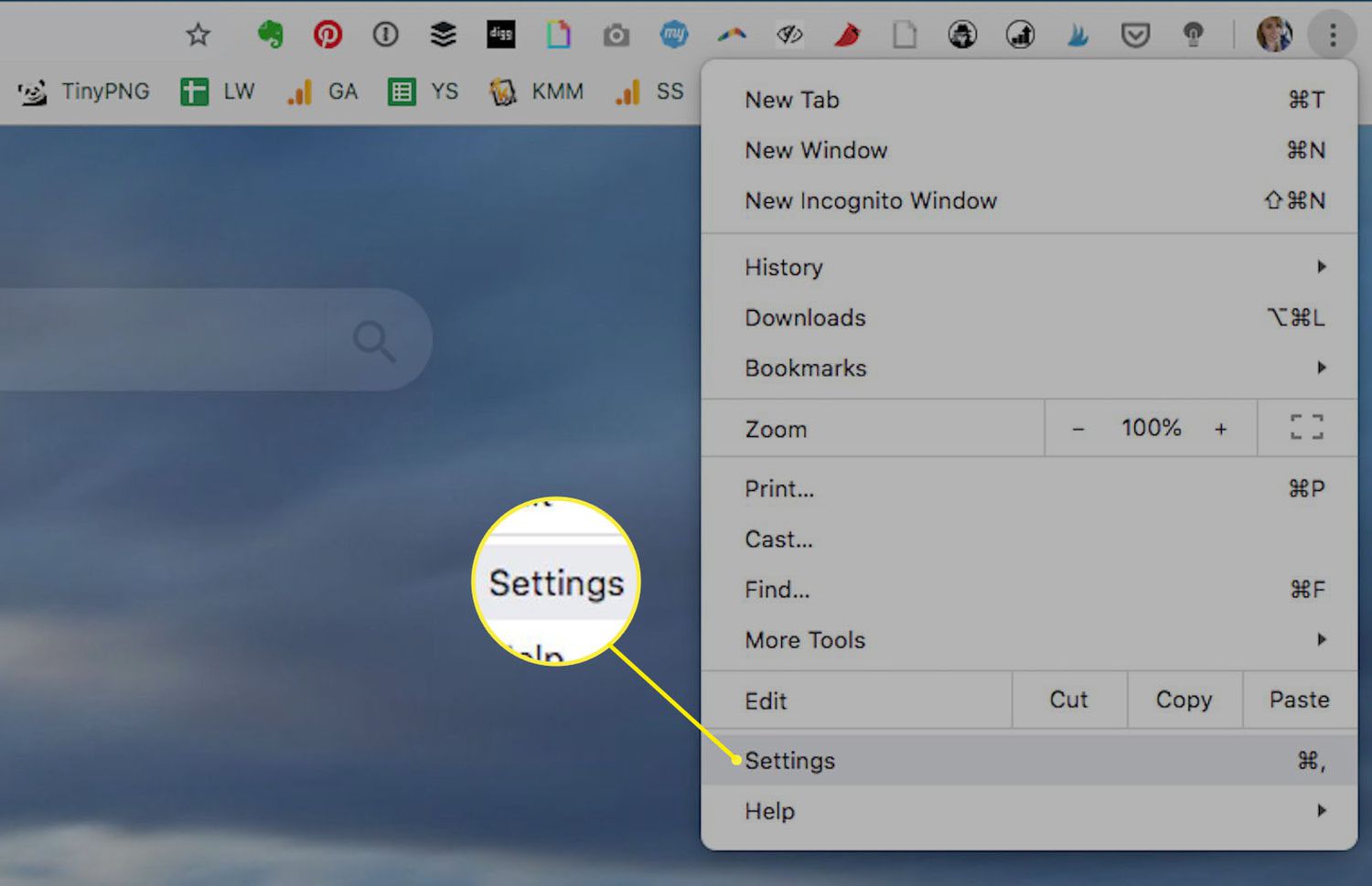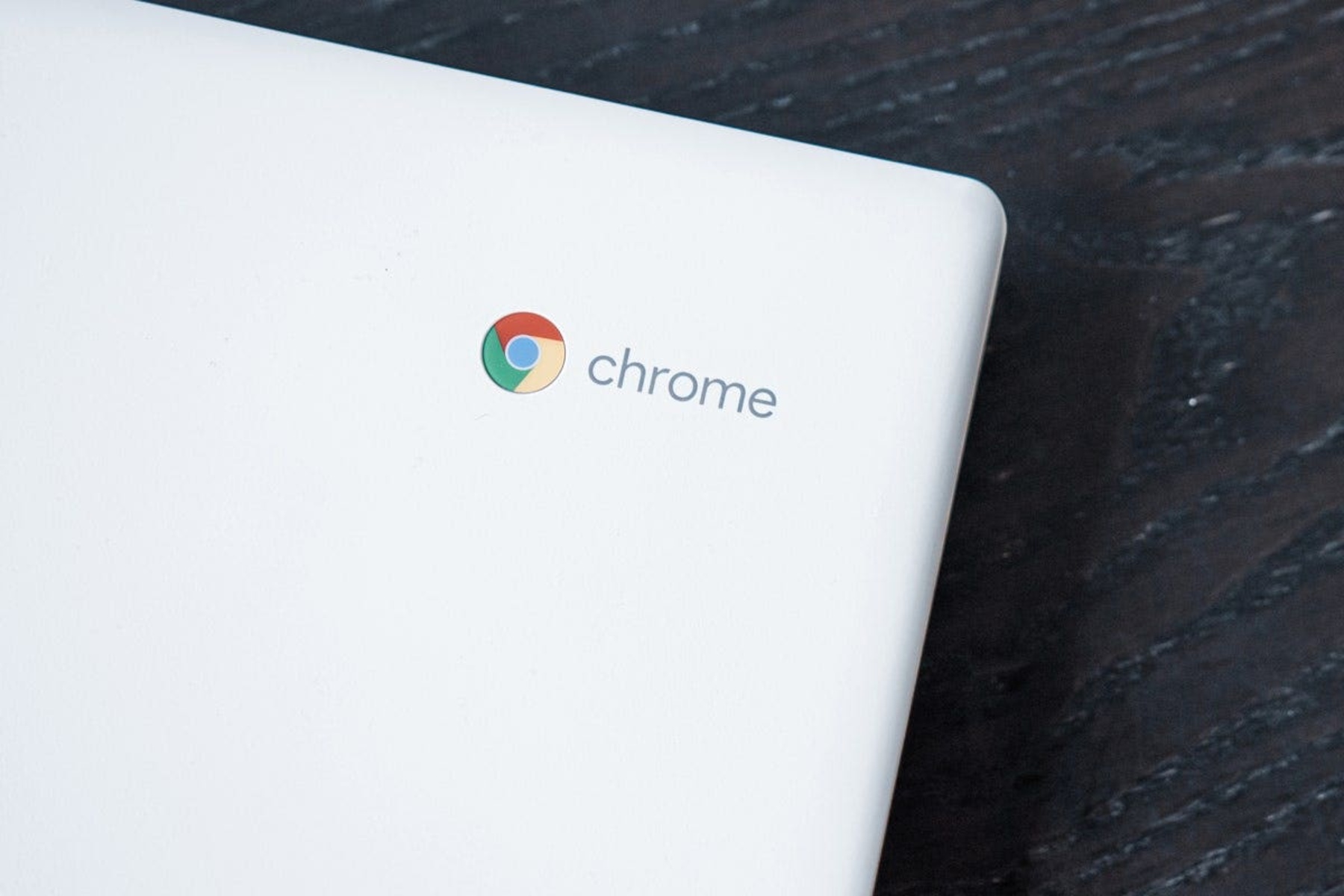Introduction
When it comes to browsing the internet, Google Chrome has established itself as a popular and reliable choice for millions of users worldwide. Its user-friendly interface, seamless integration with various platforms, and extensive range of extensions make it a preferred browser for many. However, some users have encountered a perplexing issue when attempting to save PDF files while using Chrome. Instead of the expected PDF file format, the saved document appears as a Chrome HTML document. This unexpected behavior has left many users scratching their heads and searching for solutions.
Understanding the root cause of this issue and learning how to resolve it is essential for anyone who frequently works with PDF files. Whether you're a student downloading research papers, a professional saving important documents, or simply someone who enjoys reading PDFs, encountering this problem can be frustrating. Fortunately, there are ways to address this issue and ensure that your PDF files are saved in the correct format, allowing for easy access and sharing.
In this article, we will delve into the reasons behind PDFs saving as Chrome HTML documents and provide practical solutions to rectify this issue. By gaining a deeper understanding of the intricacies involved in saving and managing PDF files within the Chrome browser, you can navigate this common challenge with confidence. Let's explore the underlying factors contributing to this phenomenon and equip ourselves with the knowledge needed to overcome it effectively.
Understanding PDFs and Chrome
PDF, short for Portable Document Format, is a widely used file format for sharing and presenting documents independent of software, hardware, or operating systems. It preserves the layout, fonts, images, and other elements of a document, making it an ideal choice for distributing files that need to be displayed and printed consistently across different platforms. On the other hand, Google Chrome, a leading web browser developed by Google, is known for its speed, simplicity, and security features. It offers a seamless browsing experience and supports various file formats, including PDFs.
When a user encounters the issue of PDFs saving as Chrome HTML documents, it is essential to understand the underlying dynamics between PDF files and the Chrome browser. Chrome is equipped with a built-in PDF viewer that allows users to open and view PDF files directly within the browser without the need for additional software or extensions. This integrated feature streamlines the process of accessing and reading PDFs, enhancing user convenience and eliminating the requirement for external applications.
However, the challenge arises when users attempt to save a PDF file from Chrome to their local device. In some instances, instead of saving the file in the standard PDF format, Chrome may save it as a Chrome HTML document. This unexpected behavior can lead to confusion and inconvenience, especially when users intend to share or access the saved PDF file across different platforms or devices.
The interaction between Chrome's built-in PDF viewer and the browser's default settings plays a crucial role in determining how PDF files are saved. Understanding the intricacies of these interactions is pivotal in addressing the issue effectively. By gaining insights into the mechanisms governing the handling of PDF files within the Chrome browser, users can navigate this challenge with clarity and confidence.
In the subsequent sections, we will explore the reasons behind PDFs saving as Chrome HTML documents and provide actionable solutions to rectify this issue. By unraveling the complexities at play and empowering users with practical knowledge, we aim to equip individuals with the tools needed to manage and save PDF files seamlessly within the Chrome browser.
Reasons for PDFs Saving as Chrome
The perplexing phenomenon of PDFs saving as Chrome HTML documents instead of the expected PDF format can be attributed to several underlying reasons. Understanding these factors is crucial in unraveling the complexities surrounding this issue and implementing effective solutions. Let's delve into the key reasons behind this unexpected behavior:
-
Default Settings: Chrome's default settings play a pivotal role in determining how PDF files are handled and saved. In some instances, the default setting for saving PDFs may be configured to convert the file into a Chrome HTML document. This default behavior can lead to confusion and inconvenience for users who expect the saved file to retain its original PDF format.
-
Browser Extensions: The presence of certain browser extensions or add-ons can impact the way PDF files are saved within Chrome. Some extensions may interfere with the standard saving process, causing PDFs to be saved as Chrome HTML documents instead of retaining their native format. Users who have installed extensions related to PDF handling or document management may encounter this issue due to conflicting settings or functionalities.
-
Browser Updates: Updates to the Chrome browser, including changes to the built-in PDF viewer or saving mechanisms, can inadvertently alter the default behavior of saving PDF files. A new update may introduce modifications to the saving process, leading to the unexpected conversion of PDFs into Chrome HTML documents. Users who have recently updated their Chrome browser may notice this issue occurring after the update.
-
File Associations: The file association settings on the user's device can influence how PDF files are saved from Chrome. If the default file association for PDFs is set to open with Chrome or a related application, it can impact the saving process, potentially resulting in PDFs being saved as Chrome HTML documents. This interaction between file associations and the browser's saving behavior can contribute to the observed phenomenon.
-
User Preferences: Individual user preferences and settings within the Chrome browser can also contribute to PDFs saving as Chrome HTML documents. Customized settings related to file handling, download preferences, or PDF viewer configurations may inadvertently influence the saving process, leading to the unexpected conversion of PDF files.
By recognizing these underlying reasons, users can gain valuable insights into the factors contributing to PDFs saving as Chrome HTML documents. Armed with this understanding, individuals can proceed to implement targeted solutions to address this issue effectively. In the following section, we will explore practical methods to change PDF saving settings in Chrome, empowering users to regain control over the saving process and ensure that PDF files are preserved in their intended format.
How to Change PDF Saving Settings in Chrome
Addressing the issue of PDFs saving as Chrome HTML documents necessitates a proactive approach to modifying the saving settings within the Chrome browser. By implementing targeted adjustments, users can regain control over the saving process and ensure that PDF files are preserved in their native format. Let's explore practical methods to change PDF saving settings in Chrome, empowering users to navigate this challenge effectively.
1. Adjusting Chrome's Default Settings:
- To modify the default behavior of saving PDF files, users can access the Chrome settings by clicking on the three-dot menu icon in the top-right corner of the browser window and selecting "Settings."
- Within the Settings menu, navigate to the "Privacy and security" section and click on "Site settings."
- Locate and click on "PDF documents" to access the PDF handling settings.
- Toggle the switch next to "Download PDF files instead of automatically opening them in Chrome" to enable direct downloading of PDF files without opening them in the browser. This adjustment can prevent PDFs from being saved as Chrome HTML documents.
2. Disabling or Modifying Browser Extensions:
- Users should review the installed browser extensions by accessing the Chrome menu, selecting "More tools," and clicking on "Extensions."
- Disable or remove any extensions related to PDF handling, document management, or file conversions that may be impacting the saving process.
- Alternatively, users can modify the settings of specific extensions to ensure they do not interfere with the saving of PDF files in Chrome.
3. Updating Chrome and PDF Viewer:
- Keeping the Chrome browser and the integrated PDF viewer up to date is essential for addressing potential issues related to PDF saving.
- Users should regularly check for updates by clicking on the three-dot menu icon, selecting "Help," and clicking on "About Google Chrome" to initiate the update process.
- Ensuring that both the browser and the PDF viewer are running the latest versions can mitigate compatibility issues and unexpected saving behaviors.
4. Adjusting File Associations:
- Users can review the default file associations for PDF files on their device to ensure that they are not set to open with Chrome or a related application by default.
- Modifying the file associations to open PDFs with a dedicated PDF reader or viewer can prevent the inadvertent conversion of PDF files into Chrome HTML documents during the saving process.
By implementing these practical methods to change PDF saving settings in Chrome, users can effectively mitigate the issue of PDFs saving as Chrome HTML documents. These targeted adjustments empower individuals to customize the saving behavior within the browser, ensuring that PDF files are preserved in their intended format for seamless access and sharing.
The ability to modify PDF saving settings in Chrome provides users with greater control over their browsing experience, enhancing the efficiency and reliability of handling PDF files within the browser. By leveraging these solutions, individuals can navigate this common challenge with confidence, enabling them to save and manage PDFs effortlessly while enjoying the benefits of the Chrome browser's robust features and functionalities.
Conclusion
In conclusion, the perplexing issue of PDFs saving as Chrome HTML documents instead of retaining their native format within the Chrome browser can be a source of frustration for users. However, by gaining a deeper understanding of the underlying reasons and implementing targeted solutions, individuals can effectively address this challenge and regain control over the saving process.
By recognizing the pivotal role of default settings, browser extensions, updates, file associations, and user preferences in influencing the saving behavior of PDF files, users can navigate this issue with clarity. Adjusting Chrome's default settings to enable direct downloading of PDF files, reviewing and modifying browser extensions, ensuring the browser and PDF viewer are up to date, and managing file associations are practical steps that empower users to customize the saving process according to their preferences.
The ability to change PDF saving settings in Chrome not only resolves the immediate issue of PDFs saving as Chrome HTML documents but also enhances the overall efficiency and reliability of handling PDF files within the browser. Users can enjoy seamless access to PDFs, streamlined sharing capabilities, and a tailored browsing experience that aligns with their specific requirements.
As technology continues to evolve, empowering users with the knowledge and tools to navigate common challenges such as PDF saving issues is essential. By providing comprehensive guidance on addressing this issue, individuals can harness the full potential of the Chrome browser while effectively managing and preserving PDF files in their intended format.
Ultimately, by leveraging the insights and practical solutions presented in this article, users can overcome the perplexing issue of PDFs saving as Chrome HTML documents, ensuring a seamless and efficient experience when working with PDF files within the Chrome browser. With a proactive approach to modifying saving settings and a deeper understanding of the dynamics at play, individuals can confidently navigate this common challenge and optimize their PDF handling capabilities within the Chrome browser.







